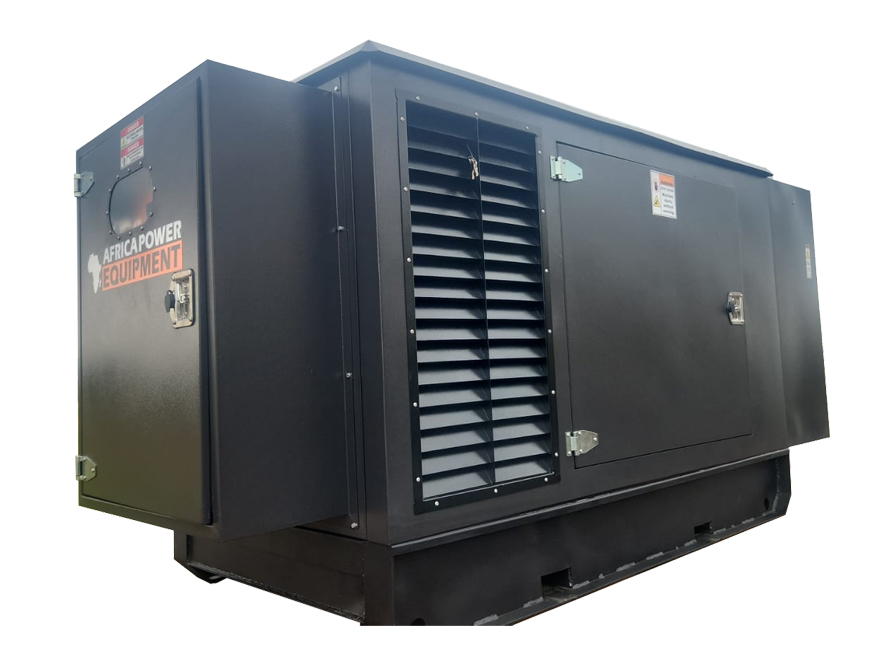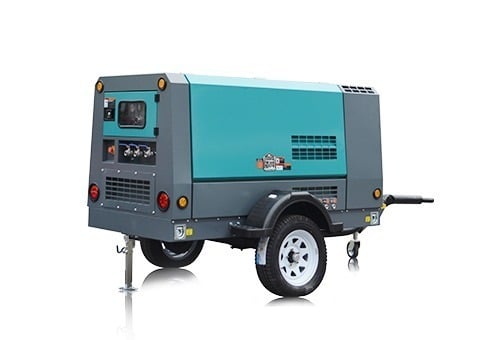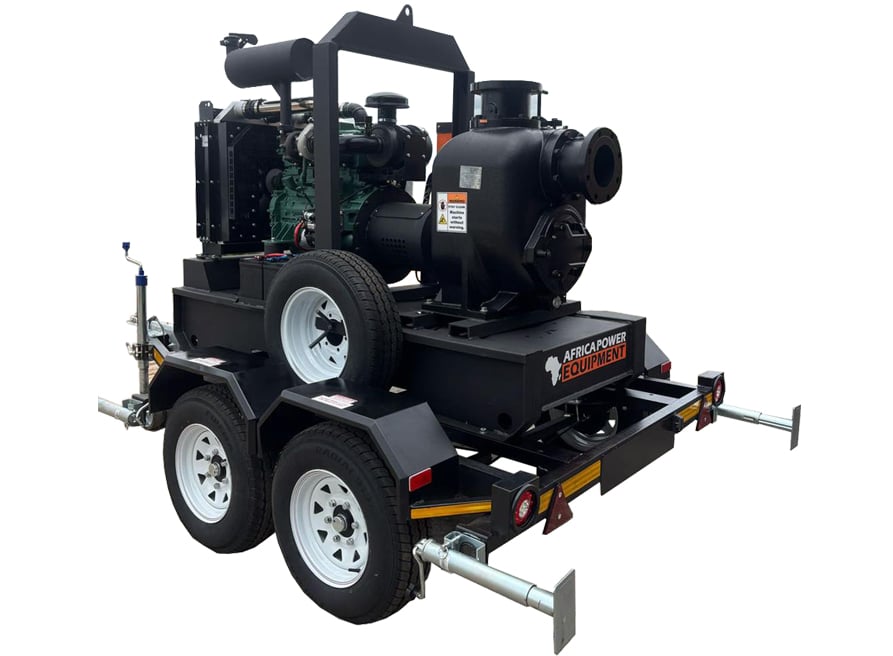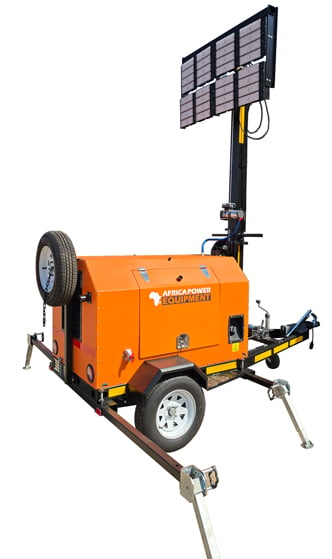Choosing the Right Compressor Tank Size for DIY Projects
When setting up a workshop or tackling home improvement jobs, an air compressor is a powerful ally. But with so many options available, one of the most common questions is: What tank size do I really need for my DIY projects?
Let’s break it down so you can pick the best air compressor tank size for your tasks—without overspending or underpowering your tools.
⚖️ Why Does Tank Size Matter?
The tank size determines how much compressed air your system can store. Larger tanks provide a longer continuous work time before the motor needs to restart. However, bigger doesn’t always mean better for DIY use.
Key takeaway: The right tank size balances power, efficiency, and portability.
🔢 Common Compressor Tank Sizes
| Tank Size | Common Uses | Pros | Cons |
|---|---|---|---|
| 6L – 10L | Tyre inflation, cleaning, brad nailing | Very portable, quick to fill | Short runtime |
| 24L – 30L | DIY painting, stapling, small air tools | Good for general home use | May cycle often |
| 50L – 100L | Sanding, impact wrenches, continuous tools | Long run time, versatile | Heavier, bulkier |
| 150L+ | Industrial DIY projects, multi-tool use | High capacity, minimal cycling | Expensive and less mobile |
🔧 Match Tank Size to DIY Application
To find your ideal compressor size, ask: What will I use it for most?
🛠 Light-Duty DIY Tasks (6–24L Tanks)
Ideal for:
-
Inflating tyres or sports equipment
-
Cleaning dust from surfaces
-
Airbrushing
-
Using finish/brad nailers
A 24L compressor gives enough reserve air to avoid frequent cycling while staying compact.
🎨 Medium-Duty DIY Projects (30–50L Tanks)
Perfect for:
-
Spray painting furniture
-
Powering staple guns
-
Operating caulking guns
-
Quick sanding jobs
Choose a 50L compressor if you need longer run time with tools that use more air.
🏗 Heavy-Duty DIY & Workshop Use (100L+ Tanks)
Best for:
-
Impact wrenches
-
Orbital sanders
-
Long spray painting sessions
-
Using multiple tools at once
For high-demand jobs, a 100L+ tank reduces cycling and motor wear. Great for semi-pro or serious DIY users.
⚙️ Don’t Forget CFM and PSI
Tank size alone won’t power your tools. You also need to ensure the compressor meets the required air delivery (CFM) and pressure (PSI) for your tools.
-
CFM (Cubic Feet per Minute): Volume of air the compressor delivers
-
PSI (Pounds per Square Inch): Pressure level the compressor can maintain
Always match your tool’s requirements with the compressor’s output. It’s no use having a big tank if it can’t deliver enough CFM.
🧳 Portable vs Stationary Compressors
| Feature | Portable Compressor (Small Tank) | Stationary Compressor (Large Tank) |
|---|---|---|
| Mobility | Easy to move around | Fixed installation required |
| Noise | Generally louder | Often quieter due to location |
| Space | Compact | Needs dedicated space |
| Power | Limited for long use | Handles high-CFM tools better |
Tip: For mobile DIYers, go with 24–50L. For fixed garage setups, 100L+ is a strong investment.
✅ Final Recommendation
| Your DIY Use | Recommended Tank Size |
|---|---|
| Occasional inflating and cleaning | 6L–10L |
| General home improvement and light tools | 24L–30L |
| Medium-duty projects (spraying, stapling) | 50L |
| Heavy-duty tools or multiple users | 100L–150L |
If you’re unsure, a 50L compressor is the sweet spot—it covers most DIY needs without being too bulky or costly.
🔧 Other Tips for DIY Compressor Users
-
Drain the tank regularly to prevent rust
-
Use air filters for clean air output (important for painting)
-
Pair with the right hose and accessories to avoid performance issues
-
Check tool manuals for CFM/PSI before buying a compressor
🛒 Need Help Choosing?
Browse our full range of compressors from 24L to 200L at PowerEquipment.co.za.
We offer:
-
Expert advice
-
Warranty & support
-
Compressors for every workshop size





